A clear night sky, a furnished table and a number of exciting programs awaited journalists from the MÚOSZ Communications and Public Relations Department at the Svábhegy Star Observatory on the evening of September 30. The world of science is explained by project manager Marton Rosaheji, and astronomers Oliver Norton, Adam Bulldog, and Adrian Adam provide a peek into the workings of public relations.
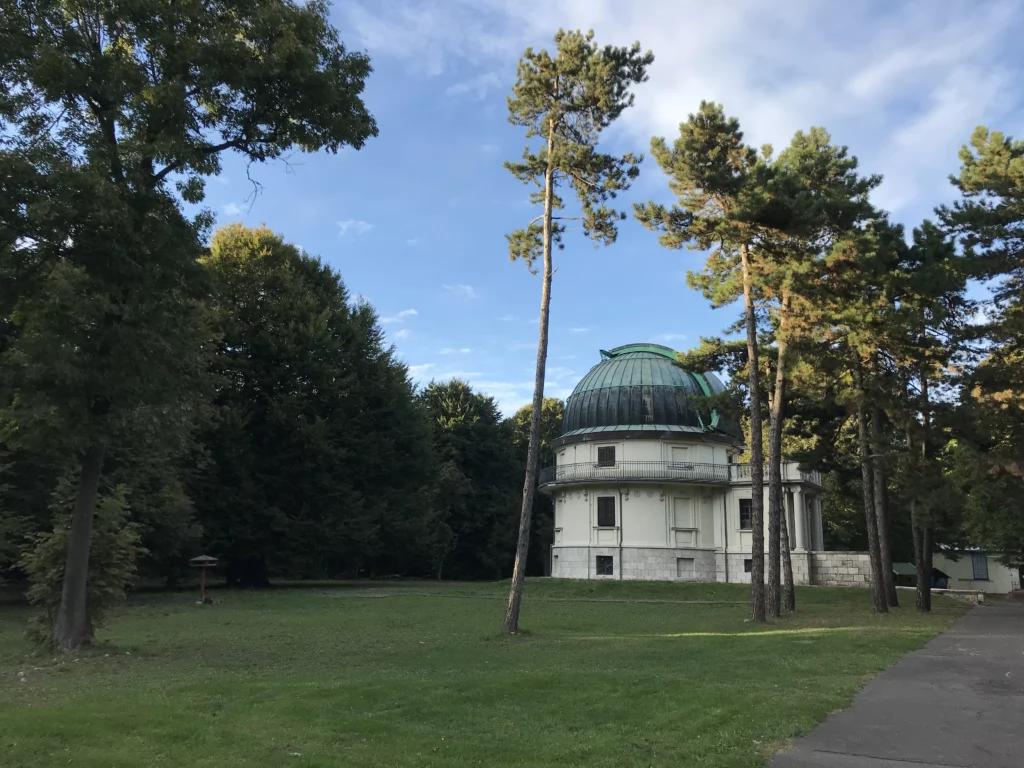
Early arrivals can enjoy the 4-hectare park featuring ancient trees and the János Pásztor: So it happens again They could also admire his eponymous statue at sunset, and later in the 35-person visitor center we were able to listen to lectures on how the Astronomy Research Center in Svabgy came to be; What research and mentoring programs does the Foundation handle, and how does it work to promote astronomy among young people.
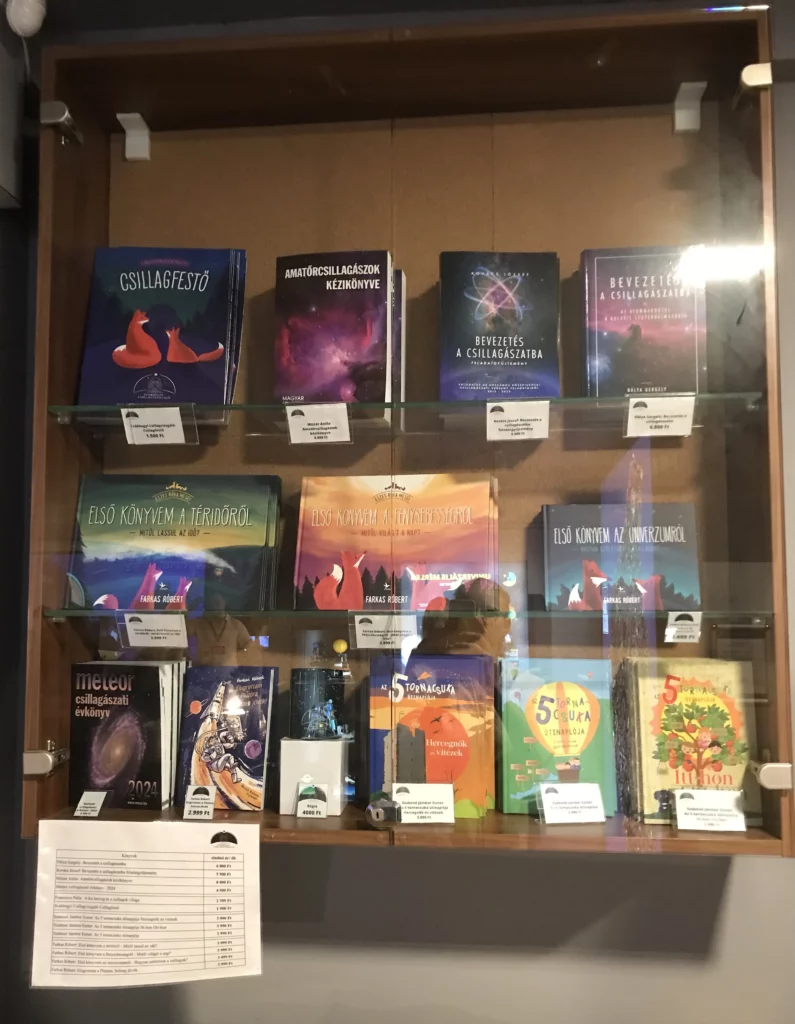
Even the mapping of the visitor center was exciting: standing on the scale, a person could see how many kilograms they would weigh on the Sun, Mars, Moon or Venus—and the machine didn't record our weight on Earth as an estimate. Children's drawings lined the walls, and meteor samples, astronomical stories, and problem sets were displayed in the showcases, and several microscopes were waiting for those interested to admire the rocks and engravings with their own eyes.
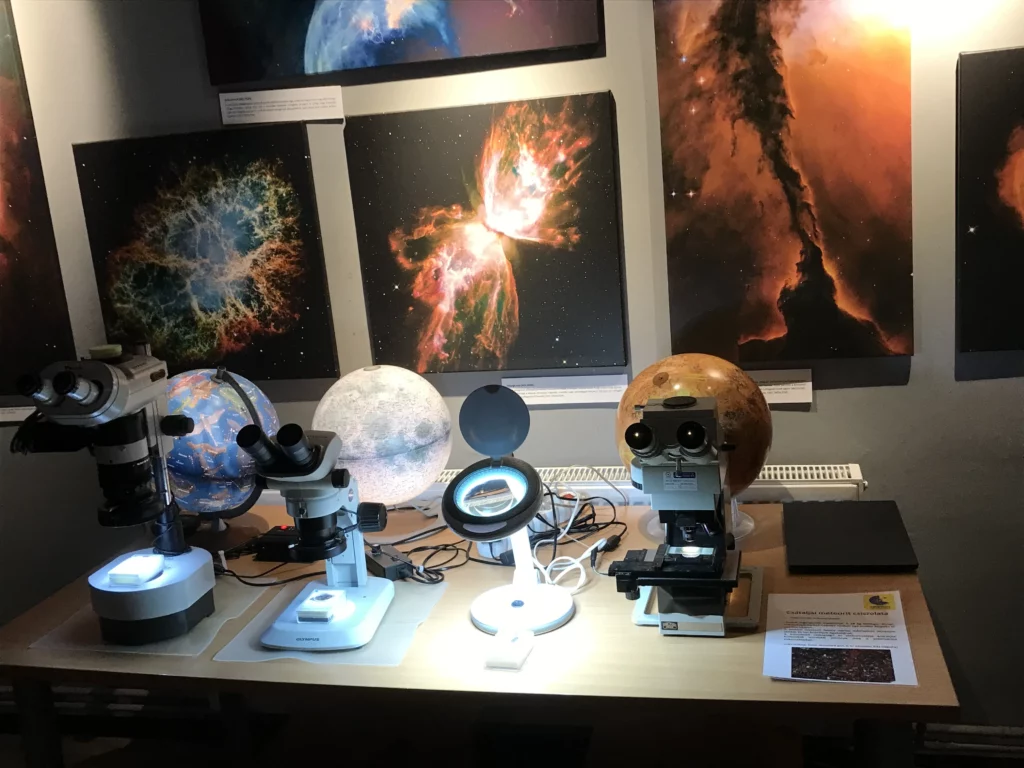
Stories told from more than 150 years of astronomical research reveal where the Miklos Konkoli-Thygy telescope survived the Trianon decision and how Laszlo Detri, head of the institute at the time, founded today's Chinese astrophysics in 1959 using the photoelectron multiplier, a modern essential tool for space research. . We were able to hear in detail about the long preparation process leading up to the annual International Student Olympiad in Astronomy and Astrophysics (IOAA) and what successes the Hungarian competitors are achieving. We've learned why the definition of the word “planet” changes over the decades, and also that if we take the criteria too strictly, not only Pluto but Earth will meet them all.
The theory was followed by colorful and smelly programs.
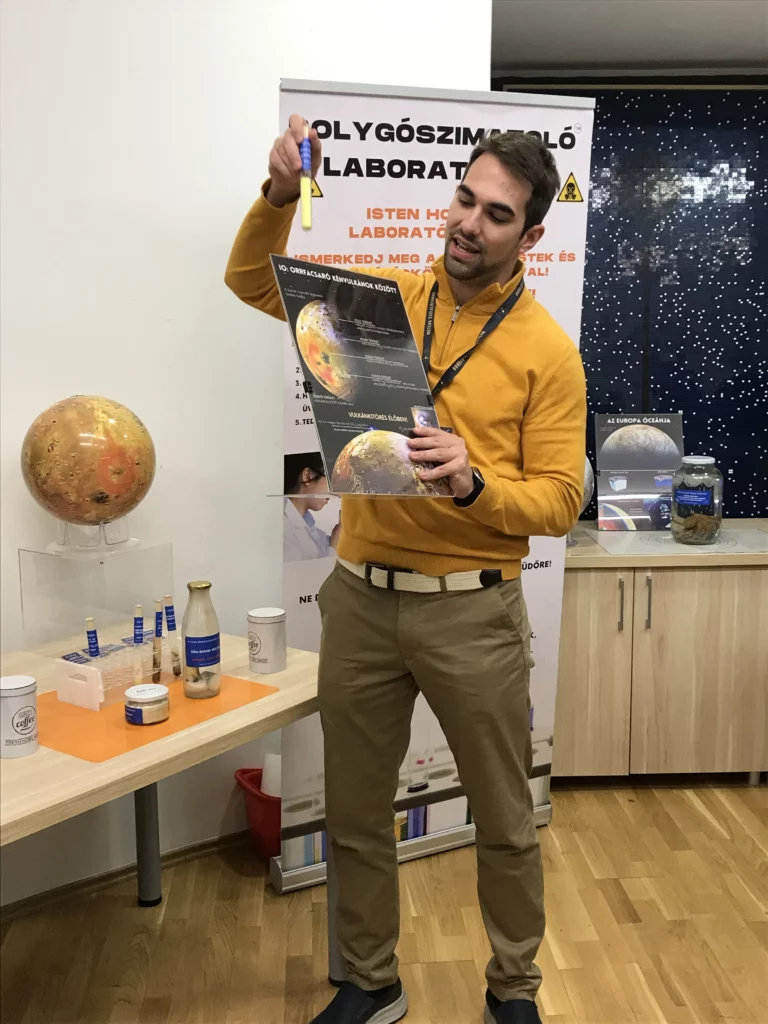
We've been able to smell the atmospheres of Mars, Jupiter, and Uranus trapped in laboratory bottles; In Meridánház, we were able to see how researchers use photogrammetry through special glasses to identify the composition of the gases surrounding different planets. Not only do we see here the instrument that was used to determine precise time before atomic clocks, but we also see the world's only restored Reimer globe from 1910, showing important celestial bodies that were in the sky at that time.
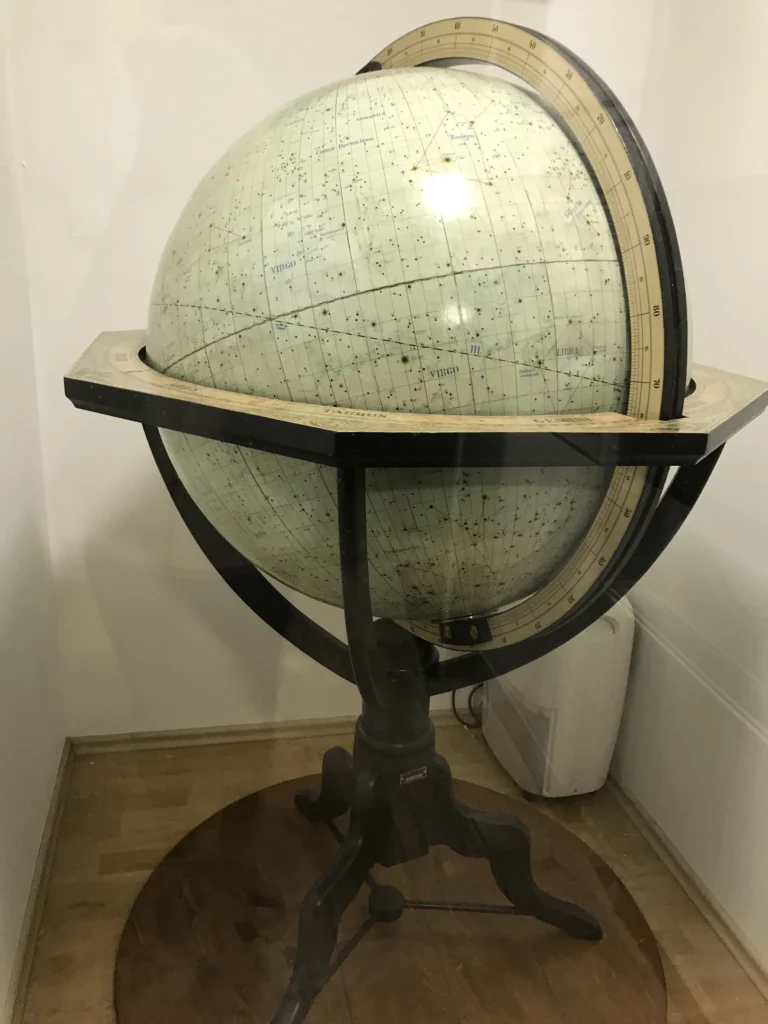
The highlight of the evening – literally and figuratively – was a look through the telescopes at the Budapest Dome. We were able to see Saturn and its distinctive rings through telescopes of three different sizes and two types of technology (mirror and lens). The concave mirror showed an HD-quality image, but more distant, while in the 1881 Concoli lens telescope, it was as if we could see a slightly grainy, but better depth-of-field image of an image tube television. It was also easy to learn the technical terminology: everything we use to see celestial phenomena is a “detector” – even the giant shoes that the astronomer steps on with his shoes so as not to catch a cold under the open dome in winter. But the naked-eye inspection is only for the delight of visitors: researchers sit in front of a computer and watch images taken from the sky – which unfortunately are increasingly distorted by satellites used mainly for communications purposes.
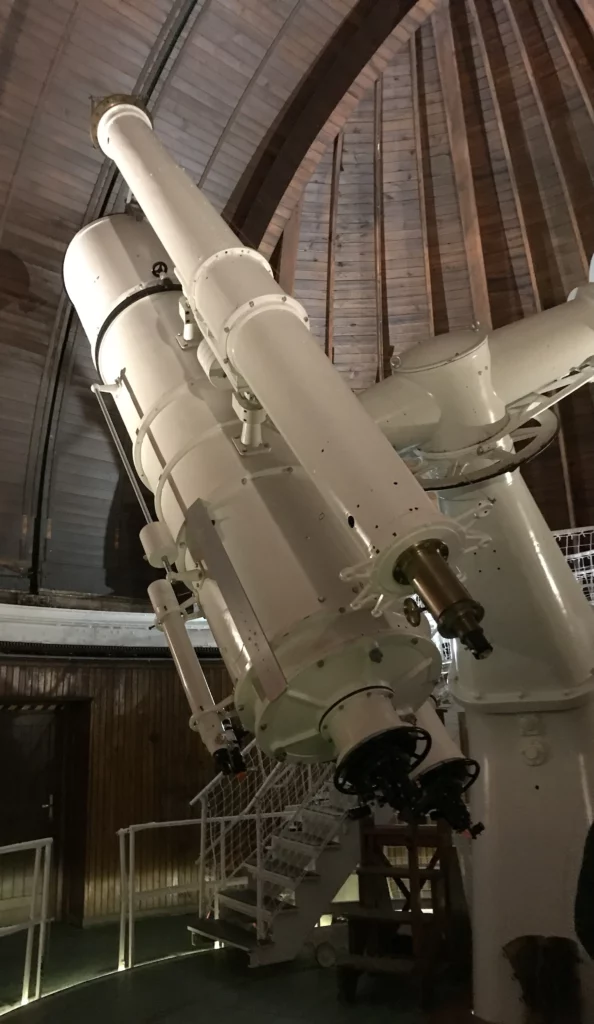
Those who want to learn about the secrets of the starry sky, or even write about them, will find a variety of programs in Svábhegyi Astronomical Observatory websiteFurthermore, under the heading (Evening or Day Program, Training, Stargate Events, The Limits of Our Cosmic Knowledge) and under the Buy Tickets menu item.
Observatory staff are preparing for the next special event on October 31, Halloween evening, but high school students can also enter the Carpathian Basin High School Astronomy and Astrophysics Competition through November 4 (athleticagalactica.hu).
Text and photos: Hajdu Boğlar
Featured image: Peter Aradi






